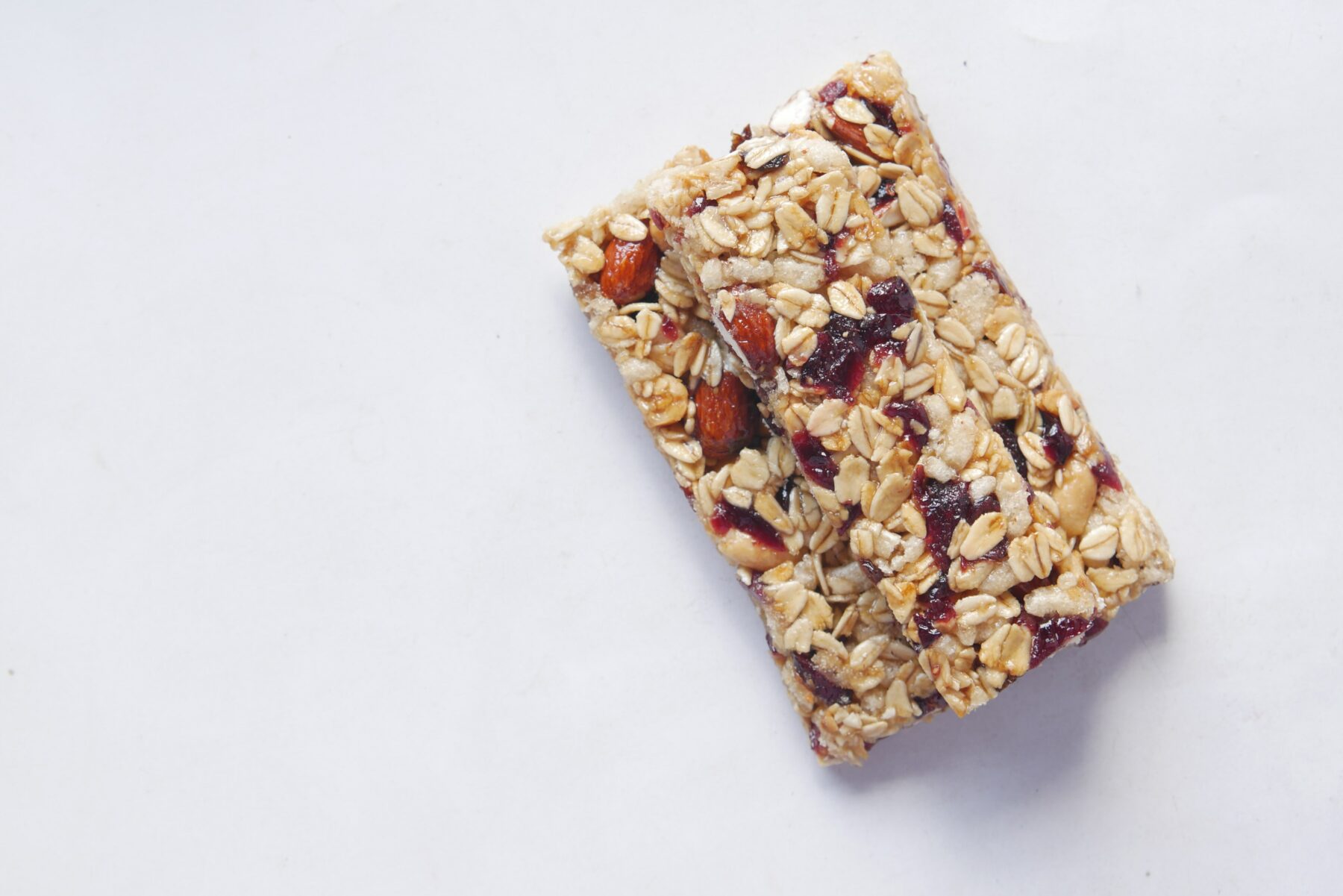Best Protein Bars for the Outdoors

Nothing is worse than being out in the middle of the lake paddle boarding without adequate water or out on a long hike wishing you had packed food.
Being out on the go and having an active life comes with being prepared with plenty of water and sustenance. While it would be nice if everyone brought lunchboxes or packed picnics with fruits and whole-food options, let’s face it, that takes time and effort. Plus, it’s so much more convenient to pack a bar in your bag and go!
But how do you know which bar to choose from? Which ones don’t taste like cardboard? Which ones aren’t filled with junk?
Have no fear! I have a framework you can use to guide your decision-making. Here’s what you want to look for when choosing the right protein bar for you:
Ingredients
This is the first thing you want to look at when choosing a bar. It’s best to make sure you can count the number of ingredients. Is it four, like an RXBAR, or does it have over 30, like the MET-Rx bar? All ingredients are listed by weight, and the first ingredient listed always weighs most in the product.
Make sure the main ingredient is a whole food that’s been growing on earth for years, like a date, and not something manufactured from a lab or factory like soy cocoa crisps. You’ll find a lot of protein bars now that contain superfood blends with ingredients in the double digits, which is fine as long as they’re all recognizable.
Protein Content
A standard serving of protein is about 22 grams roughly (about the size of a palm). Protein bars are meant to tie you over until the next meal unless it’s a meal replacement bar. Then, obviously, it’s meant to be a meal.

When selecting a protein bar, aim to find at least 10 grams of protein. Protein will help you feel full and contains amino acids to help replenish your muscles.
Added Sugar, Sugar Alcohols & Artificial Sweeteners
Watch out for added sugar in bars. Most protein bars, and protein supplements in general, taste awful without sugar or sweeteners. Always look to the “added sugar” row under “total carbohydrates” to see how much sugar has been added to the product.
The ingredients list will also list the sugar in the bar, but remember that sugar has over 30 different names, like brown rice syrup and evaporated cane juice, aka sugar in disguise.
Sugar alcohols like erythritol became popular when keto products came out on the market. While sugar alcohol may not contain calories, it may pack a bigger punch for your gut and cause bloating, diarrhea or constipation. I personally avoid them whenever possible and go for products that use Stevia to sweeten or dates.
Now, with that in mind, here’s a list of some of the best protein bars I’ve tried and tested myself:
- SANS Meal Bar: This meal bar contains only real foods and no added sugars, sugar alcohols or emulsifiers. On average, they contain nine ingredients, which can all be recognized. The protein content of this bar sits at 15 grams and contains a solid 390 calories! This bar also doesn’t require refrigeration, which is another perk.
- RX Bars: These are the most widely available bars out on the market. This bar can be found in gas stations and even on most country roads in Texas. They contain only four ingredients and come in a variety of flavors. Another perk is they’re super affordable and often on sale, making them easy to buy in bulk and keep on hand. This bar tastes better and is easier to eat when heated, so they’re great for Texas days outside.
- EPIC Bar: These bars are about as real as food gets. EPIC bars are made from jerky to look like protein bars. They’re low in calories, approximately 130, and contain only real food and high-quality ingredients, which can’t be said about a lot of jerky-based products that contain food coloring.
When selecting the bar that’s right for you, remember this framework and use my top rated bars list to pick the right fit. Now get out there and find your bar!
About the Author
Krista Large is a nutritionist, habit coach and online fitness trainer. Her passion in life is teaching others to dream big and live large, which starts with health. Large is an Ole Miss Rebel and runs her own brand and business based here in Austin, Living Large Wellness.






